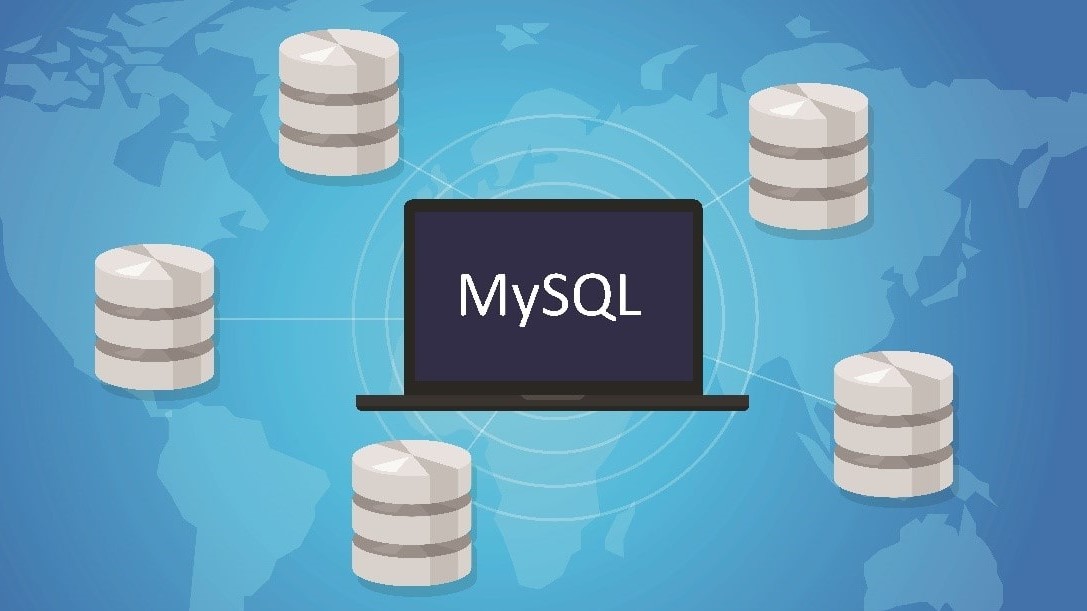
Migrating Database to MySQL
The exponential growth of Open Source & MySQL database management has prompted corporations, government and private agencies including educational institutions to shun huge traditional and expensive desktop-based proprietary databases to much more cost effective systems. However, migration of databases remains a huge challenge and as a result many organizations are training their staff in order to reap the benefits moving to alternative database management system like MySQL.
This article will provide an insight on making the transition from traditional database system to MySQL a smooth affair.
Having more than 20 years history, MySQL becomes high popular DBMS in almost every country all around the world. As of today, there are millions of MySQL installations. It has become the most popular open source database with over 50-70,000 daily downloads. With an ever growing number of enterprise customers, MySQL has been offering MySQL Enterprise for high-end customers who wanted top-notch software, support, and allied services. For its enterprise customers, MySQL offers enterprise certified software, 24×7 support besides monitoring of every MySQL Servers irrespective of geographic location, regular updates and hot fixes. Their world-class service has attracted IT companies like HP, Dell, Novell and others to become resellers of MySQL Enterprise to their clients.
For doubters who want references and validation that MySQL is a dependable system for high-end business solutions, they can look at MySQL’s massive customer base, which include every big names such as Yahoo, Google, Facebook, Bank of America, Weather Channel, Sage, Amazon, Ticketmaster and many more in different industries..
A simple and straightforward approach to database migration process involves the following steps:
- Export the table definitions along with indexes & constraints from source database in form of SQL statements
- Convert SQL statements into that of the destination format and then import to the targeted database
- Export data from the source database into an intermediate storage like comma separated values (CSV) files
- Transform the data as per the destination format and then load it directly to the target database
- Extract the views, stored procedures or functions and triggers from the original database in the form of SQL statements and code
- Convert the statements and code as per the destination format and load to the target database
There is another way of database migration recommended by MySQL Migration Toolkit. This method uses a GUI tool to automatically convert any source database reverse engineered via the tool to a MySQL counterpart, completed with every datatype translations and other similar conversions. With an overall control on migration process, users have clear view on MySQL specific designations – what storage engine, character set and other important properties should be used. MySQL Migration Toolkit objectively supports these data formats: FoxPro/DBF, MS Access, IBM DB2, MS Excel, Oracle, SQL Server, SQLite and PostgreSQL.


